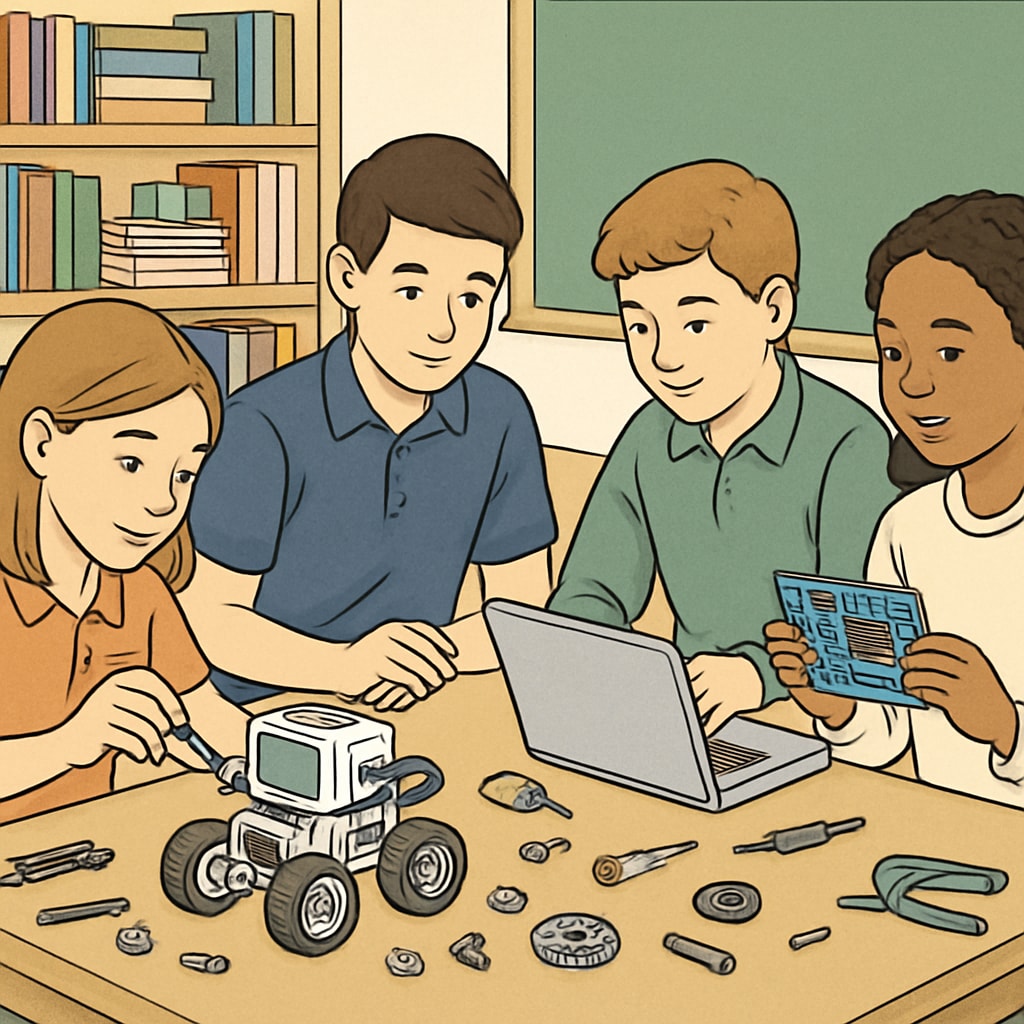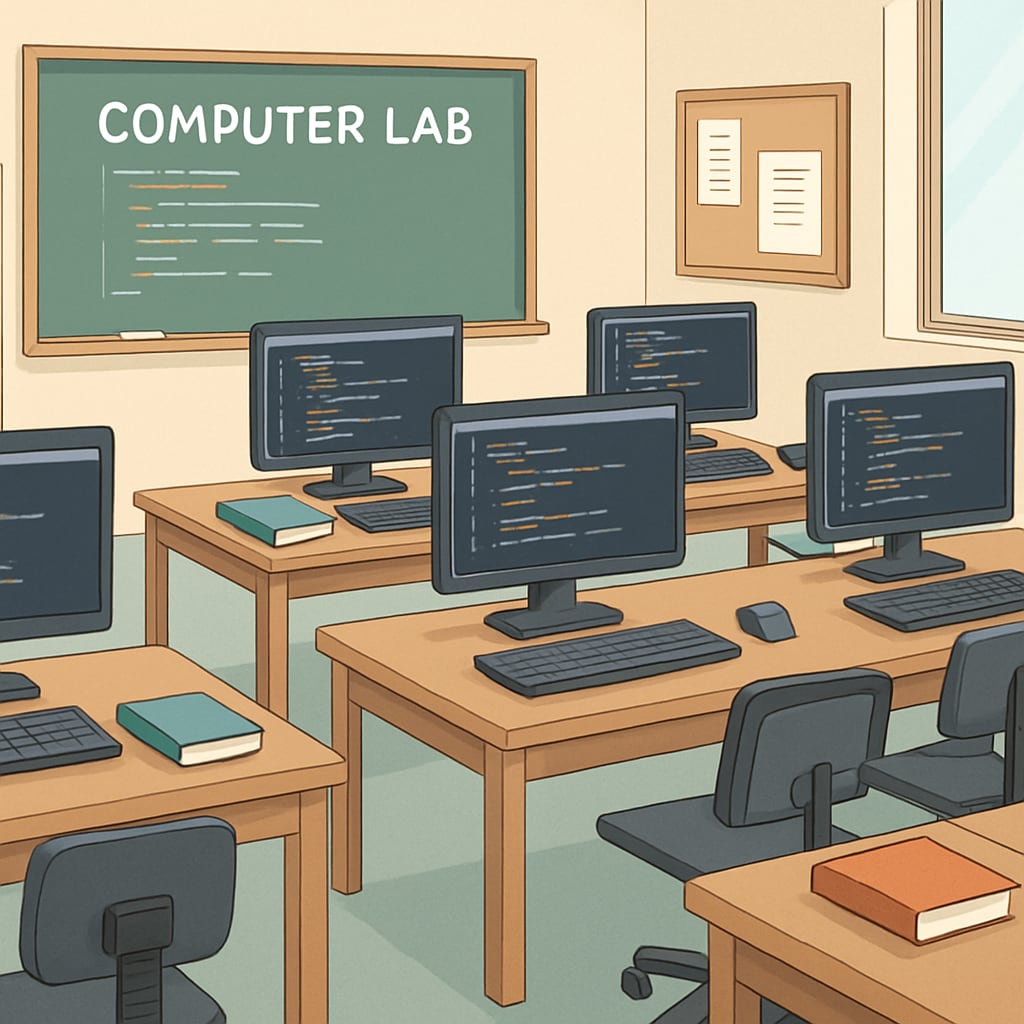In today’s evolving educational landscape, finding the right balance between Career Technical Education (CTE), school district structures, and traditional academics is becoming increasingly crucial. CTE focuses on hands-on, career-focused learning while traditional academics emphasize foundational subjects such as math, science, and literature. Striking a balance between these two paradigms ensures students are equipped with both practical skills for the workforce and the academic knowledge necessary for higher education or lifelong learning. As school districts face limited resources, integrating these approaches effectively has become an essential challenge for educators and policymakers.
The Case for Career Technical Education and Academic Integration
Career Technical Education (CTE) programs are designed to prepare students for specific career paths, ranging from healthcare to information technology. These programs offer real-world applications and help students develop critical thinking, collaboration, and problem-solving skills. On the other hand, traditional academics provide a broad base of knowledge that fosters intellectual development and supports higher education pursuits. Combining these approaches addresses the diverse needs of K-12 students, ensuring they are adaptable in both professional and academic settings.
Research from Wikipedia on vocational education highlights the importance of equipping students with career-ready skills while maintaining academic rigor. For example, students who learn coding through a CTE program can also benefit from mathematics and analytical courses to enhance their problem-solving abilities.

Strategies for Balancing School District Resources
School districts often operate under budget constraints, making it challenging to implement robust CTE programs alongside traditional academics. However, there are strategies to optimize resources:
- Cross-disciplinary learning: Encouraging teachers to design curricula that combine technical skills with academic concepts can reduce redundancies and maximize learning outcomes.
- Partnerships with local industries: Collaborating with businesses to provide internships or training opportunities allows students to gain hands-on experience without requiring additional school resources.
- Shared facilities: Schools can create multipurpose labs that accommodate both technical education and academic projects, optimizing space and investment.
For example, according to Britannica’s overview of education, many schools have successfully integrated STEM (Science, Technology, Engineering, and Mathematics) into their curricula, which naturally bridges technical and academic learning.

Challenges and Opportunities for Implementation
Despite the benefits of integration, challenges remain. Traditional academic teachers may resist changes that prioritize career-focused education, fearing it could dilute core subjects. Likewise, CTE instructors may struggle to align their programs with academic standards. Effective professional development programs can help educators collaborate and create comprehensive curricula that benefit students.
Additionally, technology opens new doors for blended learning. Virtual labs, online platforms, and simulations allow students to gain technical skills alongside theoretical knowledge. Schools can also leverage digital tools to provide personalized learning paths that cater to individual student interests and career aspirations.
The Future of Balanced Education Models
As education continues to evolve, the fusion of CTE and traditional academics will likely become the norm. A balanced model not only prepares students for the workforce but also equips them with the critical skills needed to navigate complex global challenges. By adopting a holistic approach and investing in effective strategies, school districts can create an education system that prioritizes both academic rigor and practical skill development.
Ultimately, the success of this integration depends on collaboration between educators, policymakers, and industry leaders. Together, they can design an education system that empowers students to thrive in any path they choose—whether it’s entering the workforce immediately after high school or pursuing higher education for specialized careers.
Readability guidance: This article uses short paragraphs, lists, and transition words to improve readability. Key ideas are presented clearly, with external links providing authoritative context for deeper exploration.


